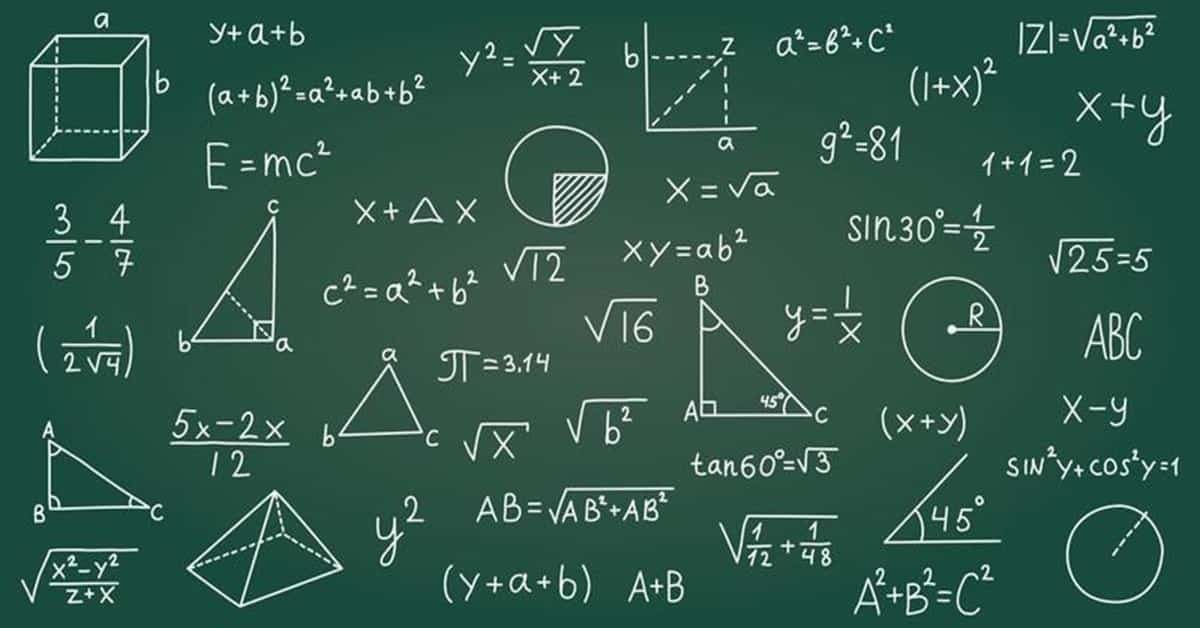Teaching mathematics is a rewarding yet challenging endeavor. As educators, parents, or tutors, our role extends beyond merely delivering content; we are responsible for instilling a love for problem-solving, critical thinking, and analytical skills. Mathematics is not just about numbers; it is a language that communicates patterns, structures, and relationships. In this comprehensive guide, we will explore effective strategies, teaching methods, and resources that can help anyone master the art of teaching mathematics.
Understanding the Learner’s Perspective
Recognizing Different Learning Styles
Before diving into specific teaching strategies, it is crucial to understand that not every student learns mathematics in the same way. Recognizing diverse learning styles can significantly enhance our teaching methods. Common learning styles include:
- Visual Learners: Benefit from diagrams, charts, and pictorial representations.
- Auditory Learners: Learn best through listening to explanations and discussions.
- Kinesthetic Learners: Thrive on hands-on activities and practical applications.
- Logical Learners: Prefer structured information and logical reasoning.
By recognizing these styles, teachers can tailor their approach to encompass the various ways students grasp mathematical concepts.
Addressing Math Anxiety
Many students experience anxiety when faced with mathematics. It is essential to create a supportive environment that alleviates this fear:
- Encouraging a Growth Mindset: Teach students that intelligence is not fixed. Praising effort over innate ability can help students develop resilience and a desire to improve.
- Fostering a Positive Environment: Creating an atmosphere where mistakes are seen as learning opportunities encourages students to take risks and challenge themselves.
Fundamental Teaching Strategies
Making Mathematics Relevant
Contextualizing math lessons in real-world scenarios not only makes learning more engaging but also demonstrates the practical application of mathematical concepts. Here are a few approaches to consider:
- Use Real-life Scenarios: Incorporate examples from everyday life, such as budgeting, cooking (proportions and fractions), or sports statistics to make math meaningful.
- Project-based Learning: Engage students in long-term projects that require mathematical concepts, like creating a business plan or analyzing environmental data.
Utilizing Technology Wisely
Incorporating technology into math instruction can be a game-changer. Educational software, apps, and online resources can offer personalized learning experiences. Some effective tools include:
- Interactive Math Software: Programs such as GeoGebra and Desmos allow for dynamic manipulation of mathematical concepts.
- Online Learning Platforms: Websites like Khan Academy, Coursera, and EdX offer a plethora of resources to supplement traditional instruction.
- Mathematical Games: Websites like Prodigy and Mathletics turn learning into an enjoyable competition, motivating students to improve their skills.
Active Learning Techniques
Engaging students through active learning encourages deeper understanding and retention of concepts. Some effective strategies include:
- Collaborative Learning: Incorporate group work where students solve problems together, share ideas, and discuss strategies.
- Problem-Based Learning: Present students with complex problems to solve collaboratively, allowing them to explore different methods and strategies.
- Socratic Questioning: Encourage critical thinking through questioning. Pose open-ended problems that require students to articulate their thought processes.
Differentiated Instruction
Recognizing that students have varying levels of understanding, it is essential to differentiate instruction to meet diverse needs. Strategies include:
- Flexible Grouping: Group students based on their skill levels, allowing them to work with peers who are at similar stages.
- Tiered Assignments: Design tasks with varying levels of complexity, enabling students to choose an appropriate challenge level.
- Varied Resources: Provide multiple resources such as textbooks, videos, and manipulatives to cater to different learning preferences.
Creating a Strong Curriculum
Balancing Conceptual Understanding and Procedural Fluency
A well-rounded mathematics program should balance conceptual understanding and procedural fluency. Students should:
- Understand the “Why” and “How”: When teaching algorithms, always explain the concepts behind them. For example, instead of merely showing how to use the quadratic formula, explore why it works.
- Encourage Mental Math and Estimation: This helps students develop number sense and practical problem-solving skills.
Building a Coherent Progression
Designing a curriculum that builds on previous knowledge is essential for mastery. Ensure that:
- Skills Are Introduced Sequentially: Concepts should be scaffolded, with each new topic building upon what has already been learned.
- Connections Across Topics: Highlight connections between algebra, geometry, and statistics; for example, illustrating how algebraic functions can model geometric relationships.
Fostering a Culture of Mathematical Discourse
Creating a classroom environment where students feel comfortable sharing their mathematical thinking can significantly enhance learning outcomes. Strategies include:
- Encouraging Peer Teaching: Allow students to explain concepts to one another. This not only aids understanding but builds communication skills.
- Facilitating Mathematical Discussions: Pose thought-provoking questions and encourage students to discuss their reasoning and approaches.
Assessment for Learning
Formative vs. Summative Assessment
Implementing various assessment types is vital for understanding student progress and tailoring instruction:
- Formative Assessment: Use quizzes, in-class discussions, and observations to gauge understanding regularly and adapt instruction as needed.
- Summative Assessment: Utilize tests and projects to evaluate what students have learned over a unit or semester.
Emphasizing Feedback
Providing timely and constructive feedback is crucial for student growth. Focus on:
- Specificity: Provide detailed feedback that highlights both strengths and areas for improvement.
- Encouraging Next Steps: Suggest actionable steps students can take to improve their understanding.
Resources for Teaching Mathematics
To continually improve teaching practices and enhance student learning, educators can utilize various resources:
- Books and Journals: Explore literature on mathematics education theories and methods, such as “How to Solve It” by George Polya or “The Teaching of Mathematics” by E. Paul Goldenberg.
- Online Communities: Join professional organizations such as the National Council of Teachers of Mathematics (NCTM), where educators can access resources, articles, and networking opportunities.
- Workshops and Professional Development: Attend training sessions focused on innovative teaching strategies and new technologies in mathematics education.
Conclusion
Teaching mathematics is an intricate process that combines knowledge of mathematical content with an understanding of effective teaching strategies. By recognizing the needs of diverse learners, employing a variety of instructional methods, and continuously assessing both student understanding and teaching effectiveness, anyone can cultivate an engaging and enriching mathematics learning environment. Ultimately, the goal is to empower students to not only excel in math but also develop a lifelong appreciation for the beauty and utility of mathematics in the world around them. Through dedication and creativity, we can inspire the next generation of problem-solvers and critical thinkers, paving the way for their future success.


